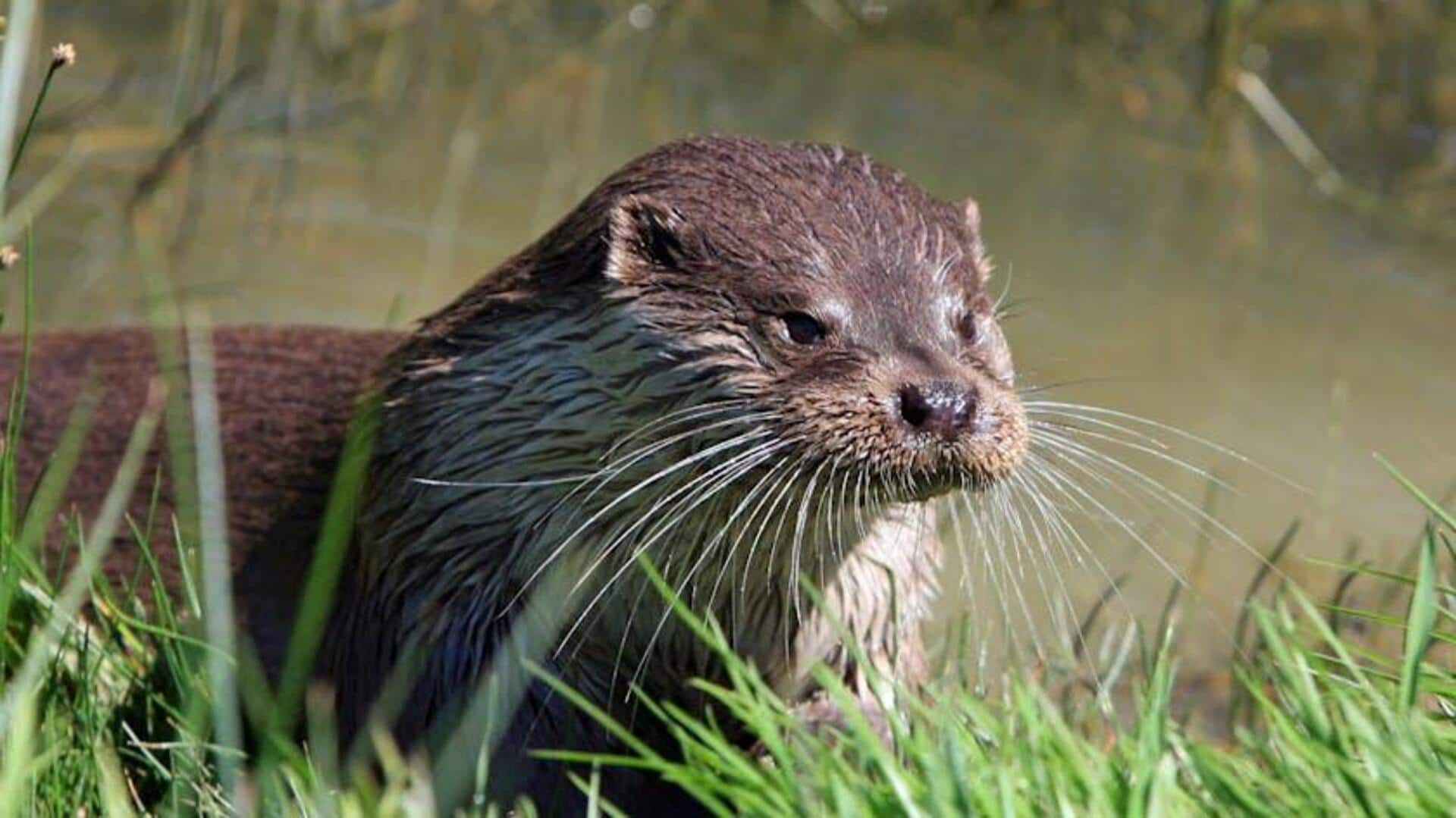
A wildlife lover's guide to otter spotting by canoe
What's the story
Paddling along tranquil waterways in a canoe provides a special glimpse into the world of wildlife. Otter-spotting canoe trails are particularly magical, combining the thrill of the paddle with the joy of spotting these playful, yet elusive animals. This article provides everything you need to know to plan and enjoy such an adventure.
Location
Choosing the right location
The key to a successful otter spotting adventure is choosing the right location. Areas with pristine, unpolluted water bodies teeming with fish are otter havens. Look for protected areas or national parks with established otter populations for the best chances. Local wildlife guides or conservation groups are also invaluable resources for recent otter activity.
Timing
Best time for otter spotting
Otters are most active at dawn and dusk, which are the best times to spot them. By planning your canoe trail around these "otterly" active hours, you can increase your chances of seeing otters. Depending on the time of year, some areas might be hotspots for otter activity. Think otter date nights during mating season or swimming lessons with momma otter and her pups.
Preparation
Preparing your canoe adventure
How to plan a canoe trip through a wildlife sanctuary? Choose a stable canoe that allows for quiet movement to avoid disrupting the animals. Bring essentials: life jackets, waterproof bags for personal items, binoculars for enhanced viewing, and a first-aid kit. Learn basic canoe handling techniques and know the local water safety rules for a safe and enjoyable experience.
Respect
Respect wildlife guidelines
When heading out on your otter spotting adventure, remember it's crucial to respect wildlife and their environment. Maintain a safe distance: This way, you won't cause them stress or spook them into running away. Keep quiet and still: Avoid loud noises or sudden movements that might disturb not just otters, but other animals too. Leave no trace: Don't litter! Keep these beautiful places clean for future generations to enjoy.
Tips
Tips for successful otter spotting
Patience is key in wildlife observation; sitting quietly significantly increases your chances of spotting otters. Use binoculars to observe otters from a distance, reducing potential disruption to their activities. Search for signs of otters, such as footprints or slides, along the riverbanks. Consider joining guided tours led by experienced locals. They can provide valuable insights into otter behaviors and habitats, enhancing your overall experience.